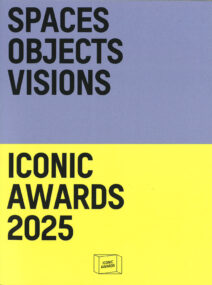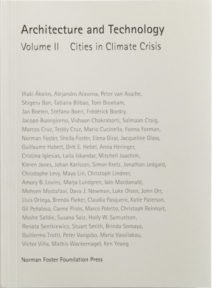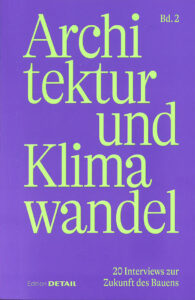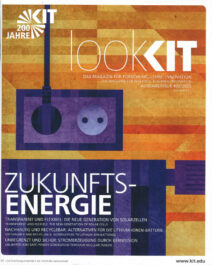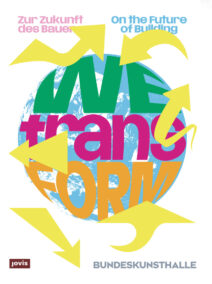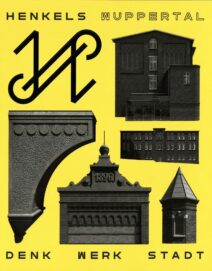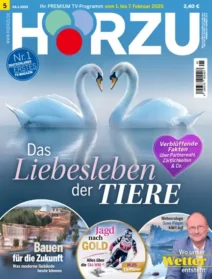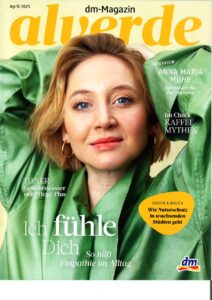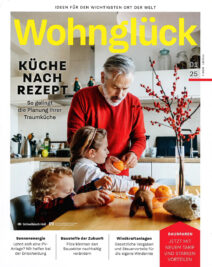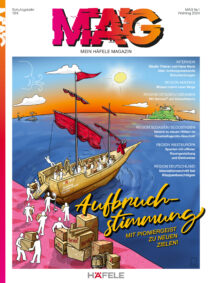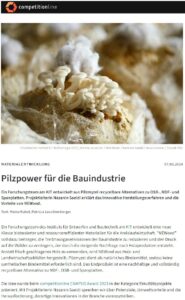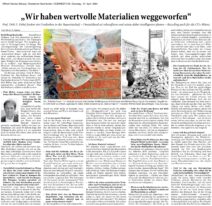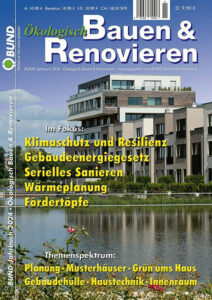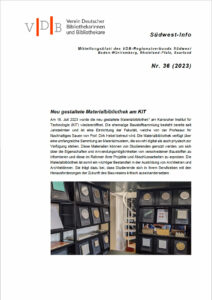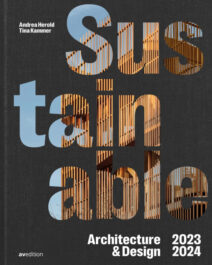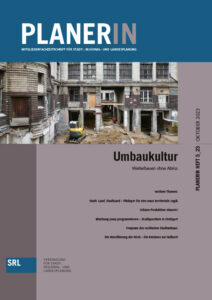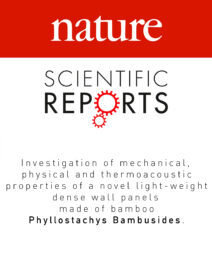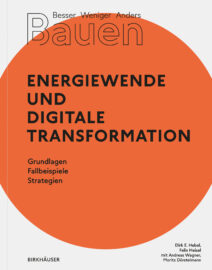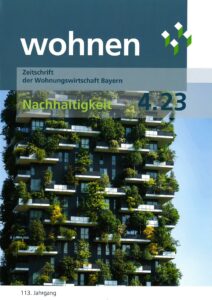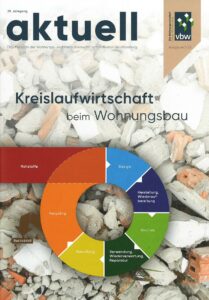‘Concrete – Sleeping Beauty’ Conference
Felix Heisel, Dirk E. Hebel, Matthias Kohler, Stephen Crains, Francois Roche, Hendrik Jonkers, Marta Wisniewska, Thorsten Klooster, and Alireza Javadian at FCL Singapore on 26 November 2012
The conference ‘Concrete – Sleeping Beauty’ organized by the Professorship of Architecture and Construction Dirk E. Hebel at FCL Singapore together with TEC21 and espazium Switzerland as media partners addressed the possibilities to change the way we thing about the most used building material on the globe today. After an introduction by Dirk E. Hebel, giving an overview of concrete technology and its development over the last 2000 years, Francois Roche explained his use of the machine to build up multiple, heterogeneous and contradictory scenarios, something that rejects even the idea of a possible prediction about predetermined forms of growth or future typologies. Being extruded in space by robotic apparatuses Francois Roche showed concrete as a material in constant flux, tangled, intertwined, and forming a city, or rather a fragment of a city.
Matthias Kohler as well introduced the material use as an evolving array of interoperable tools and processes that allow the fabrication of design propositions to be increasingly complex and adaptive. In his talk, he addressed new potentials for non-standard concrete construction, which in conjunction with robotic fabrication allows for interweaving dynamic properties of the material with design and digital fabrication at full scale.
Hendrik Jonkers explained his extensive research on the suitability of very specific but otherwise harmless bacteria for their ability to repair cracks in concrete structures and thus significantly improve their durability. He stated that this new type of ‘bio-concrete’ would make costly manual repair unnecessary and would minimize the use of raw materials, as structures will last much longer.
Thorsten Klooster talked about the development of a new concrete called DiysCrete that is able to generate electricity out of solar energy. DiysCrete is based on the technical principles of dye-sensitized solar cells (DSSC or DYSC), using the generating means of electrochemical reactions of organic dyes absorbing sunlight. It can be produced without toxic emissions from freely available components. DiysCrete can be seen as a possible way of approaching new materials for the design process.
Dirk E. Hebel focused on the benefits of using bamboo as a construction material in conjunction with concrete technology. Its fast growth, high tensile strength, and the capacity to capture large amounts of carbon dioxide from the atmosphere are just some of the most remarkable properties it has to offer and open the chance to replace steel reinforcements in structural concrete applications.
The discussion after the input lectures was moderated by Stephen Cairns, Scientific Coordinator of FCL Singapore.
Francois Roche
Matthias Kohler
Hendrik Jonkers
Thorsten Klooster
Dirk E. Hebel
Photo credits: Marta Wisniewska.

















































